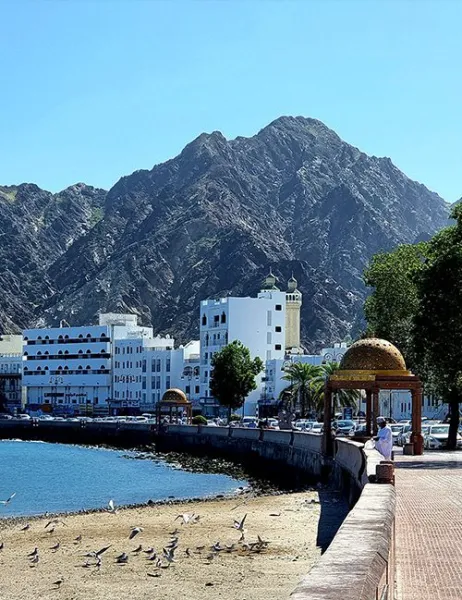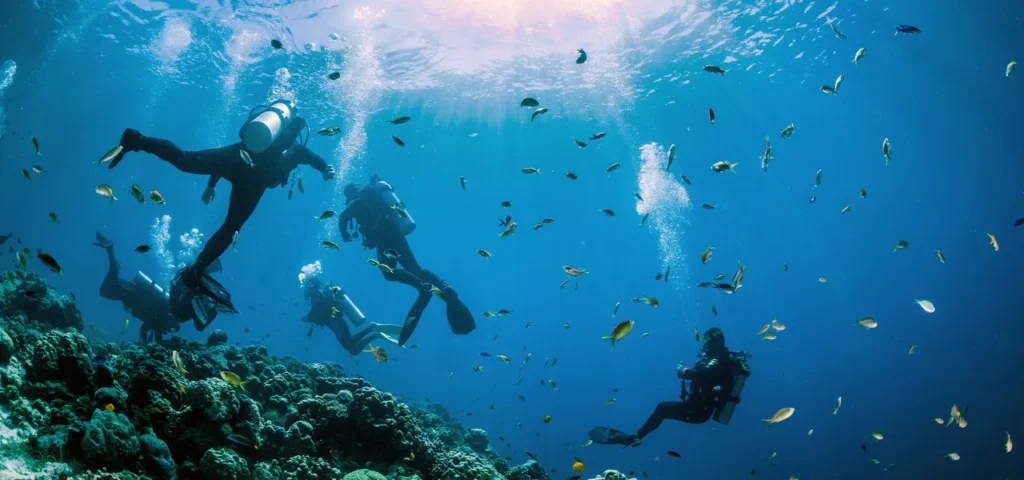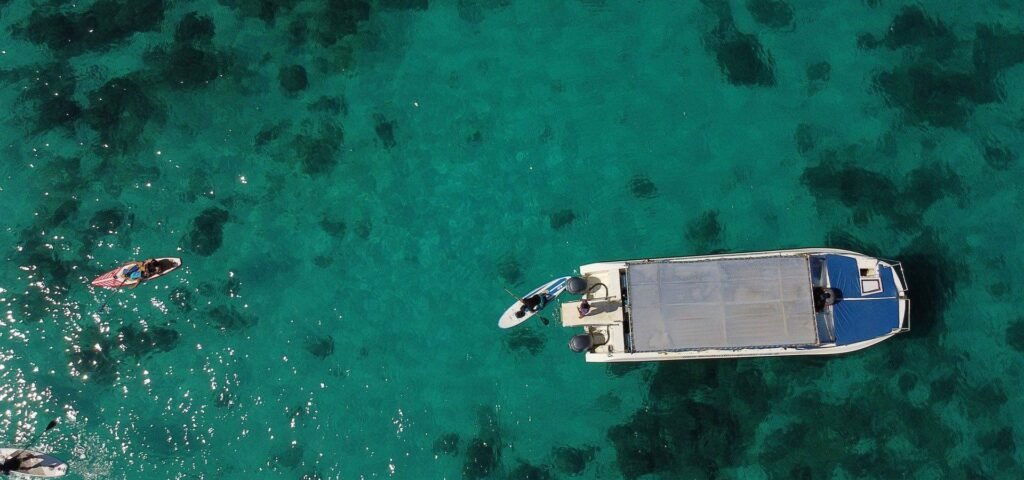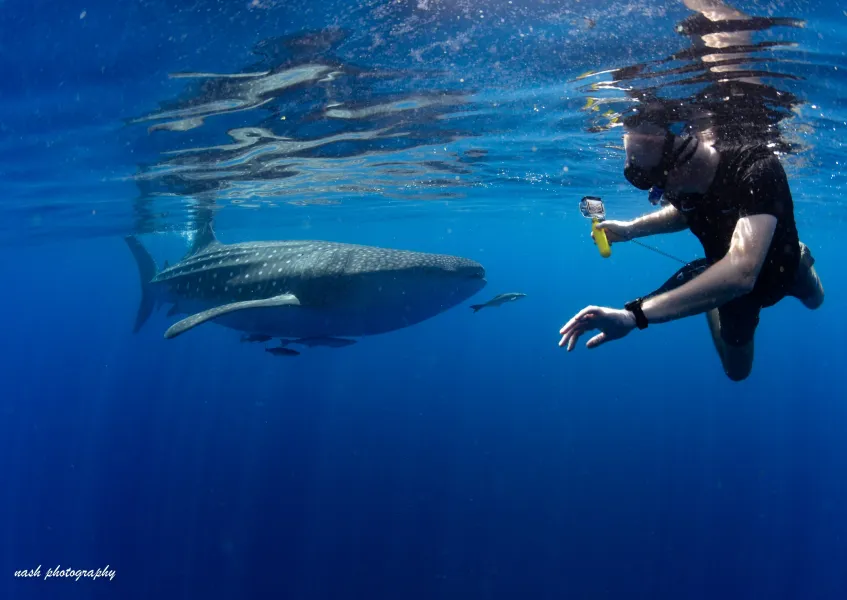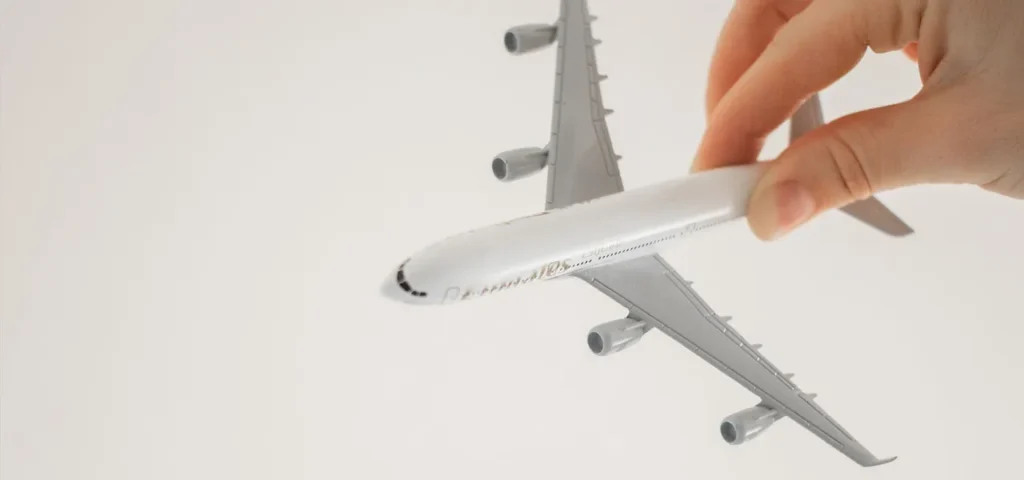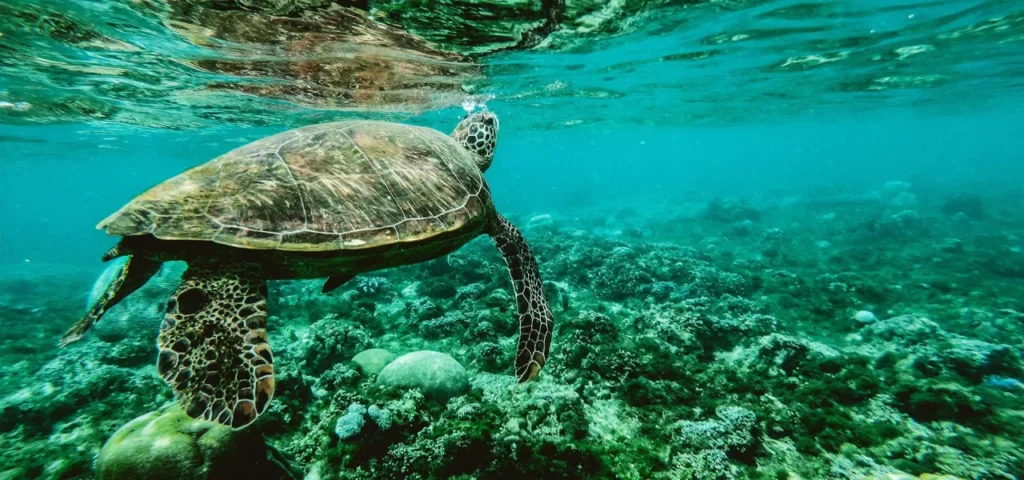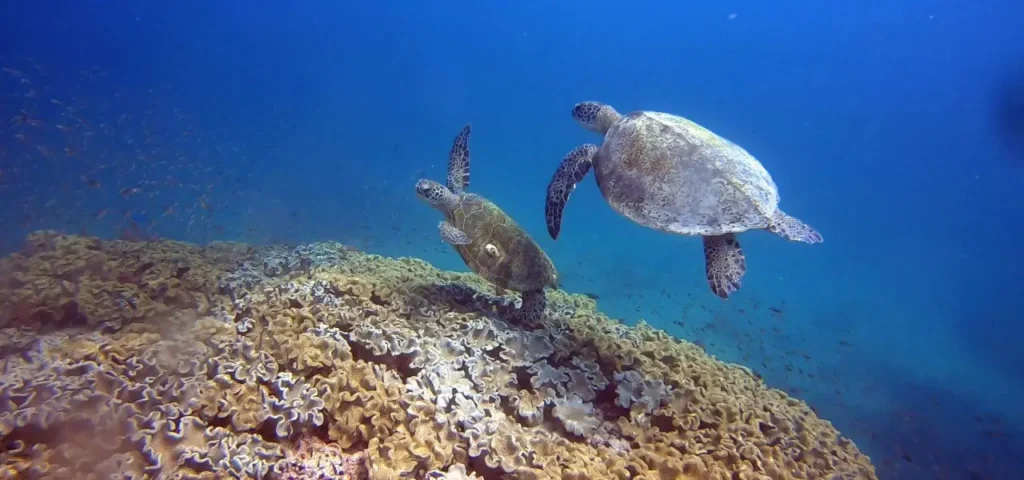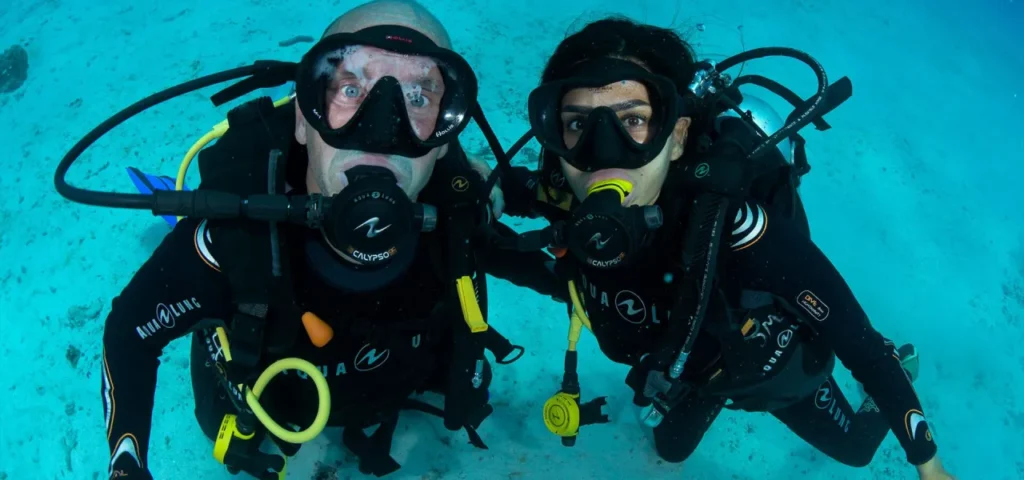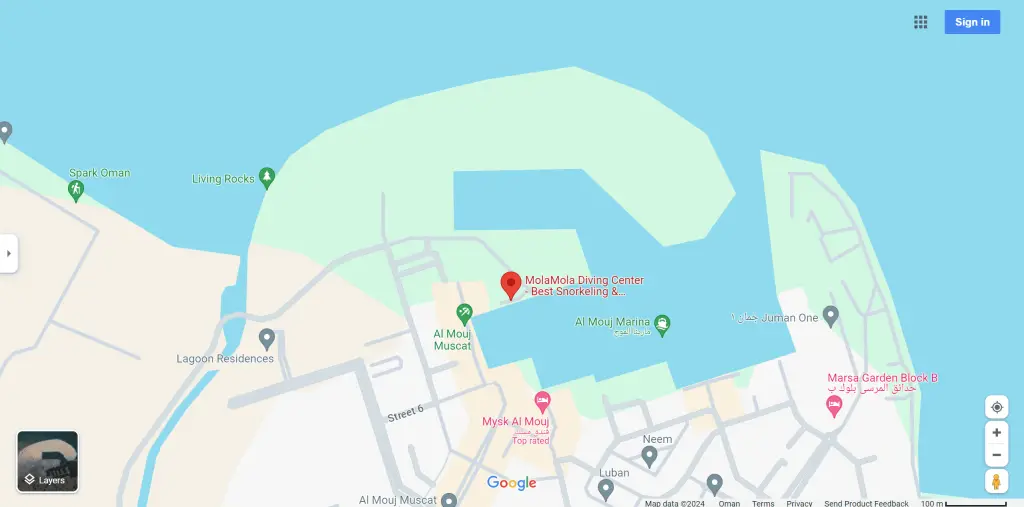PADI Courses at MolaMola Diving Center, Muscat (Oman)
PADI Courses at MolaMola Diving Center, Muscat (Oman) Have you ever been dreaming of discovering the wonders below the surface? Don’t dream of it anymore – with MolaMola Diving Center, a PADI Dive Center based in Muscat, Oman you can make your dream come true! How to get started Scuba Diving is very easy. You just breath, relax and make your mind unwind from the beauty of the underwater world. To become a PADI certified Scuba Diver you just call or text us, and we will explain everything for you. You will start easy and in your own pace at home. With the PADI eLearning you can study digitally whenever and wherever it’s convenient for you. The PADI eLearning is the easiest way to get ready for the Pool Sessions as you can work at your own pace using your computer or mobile device. After you are done with the eLearning and you finish the Final Exam with at least a Score of 75 percent or greater, you will be able to proceed with the in water Training. The in water Training With MolaMola Diving Center you will get the opportunity for the Best Diving in Oman. We work with your schedule and you will tell us what time works best for you to schedule the inwater Training. This is around one or two days training in a Swimming Pool, where you will learn all the Basic Skills to be a confident and skilled Scuba Diver. Our highly-trained PADI Instructors will teach you how to assemble and use Scuba gear, how to manage your buoyancy and how to handle common problems. If you feel confident enough, we will proceed to the Open Water training. The Open Water Training The goal is that by the end of the course, By the end of the course, you’ll have the skills and knowledge to dive at home or abroad and be an ambassador for the underwater world. As this is the goal for you and also for us as MolaMola Diving Center, we will head to Daymaniyat or Fahal Island for two separate days where you will do all the Open Water Skills in four different dives. You will be with a small group and you will not only be able to enjoy the beauty of Oman’s Underwater World but also a worldclass BBQ-Lunch in one of the most beautiful places on Earth. Unsure if you can do it? You will learn and practice how to Descent over sensitive Bottom, how to clear your regulator, how to clear a fully flooded mask or even how to to a controlled Emergency Swimming Ascent. These are just to name a few of the skills you will be thought. But what to do if you are a bit unsure if you can manage all the skills? Don’t worry – we are always here for you! The PADI Open Water Skills are surprisingly easy to learn and most people enjoy practicing them a lot. Here are a few tips on how to stay calm: Enjoying scuba diving and being underwater mainly depends on you breathing in a relaxed manner through your scuba regulator. We recommend you to breath in slowly and deeply at all times. This makes you feel really relaxed and then you can focus much more easier on completing the Open Water Skills. Don’t rush! You can easily complete all the PADI Open Water Skills within a few days, but if you feel uncomfortable then just ask for more time. MolaMola Diving Center has a very flexible schedule. Do the course together with some friends. Learning in a group and with people you know is always more fun and you will be able to learn from each other. Clearing your scuba mask is not so hard if you stay calm and relax. Just remember that you breath into your mouth and then gently out of your nose while looking up. Ready to start a new chapter of your life? Sign up for a course with MolaMola Diving Center today: Book Now Previous PostNext Post

